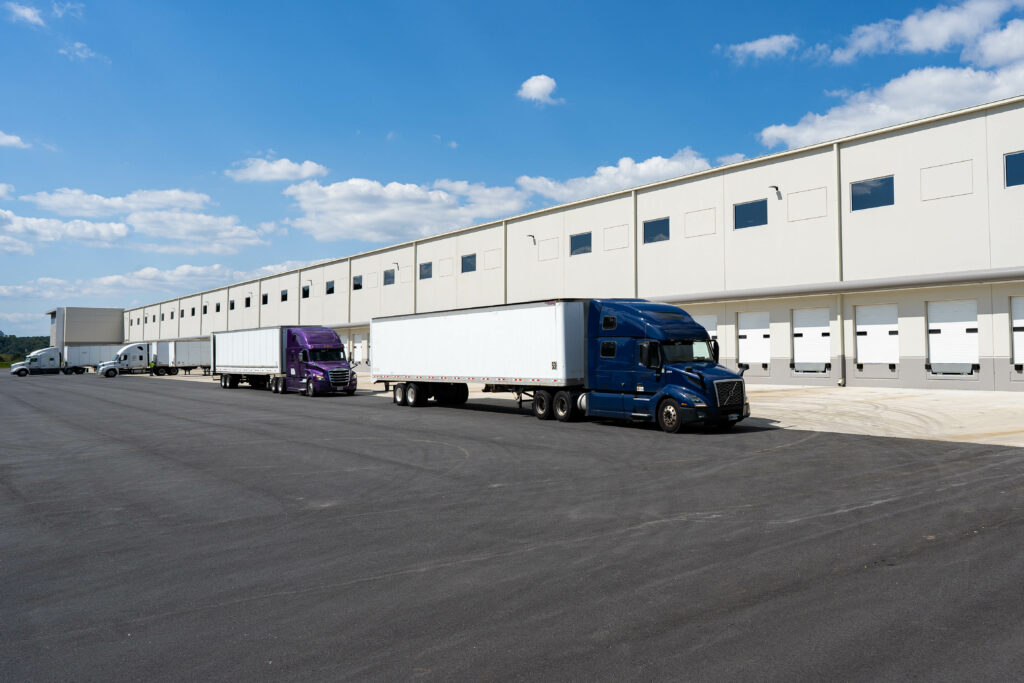Leveraging Kitting Services in 3PL Warehouses for Client Advantage

In the dynamic world of supply chain management, 3PL (third-party logistics) warehouses play a pivotal role in helping businesses streamline their operations and enhance customer satisfaction. One key service that has proven to be particularly advantageous is kitting. The process of kitting, or assembling products into ready-to-ship packages, offers numerous benefits for businesses and their […]
Maximize Savings with the Power of 3PL in Logistics and Supply Chain Management
In the realm of logistics and supply chain management (SCM), Third-Party Logistics (3PL) stands out as a powerful tool for cost efficiency. It involves outsourcing business processes and systems to third-party providers for warehousing, fulfillment, and distribution needs. This strategic move offers companies a multitude of benefits while significantly cutting costs. What exactly does 3PL […]
The Pivotal Role of 3PL Partners in Revolutionizing Returns Management for E-Commerce
In the dynamic realm of e-commerce, returns constitute an unavoidable facet of online retail. As one in every five products purchased online faces the prospect of return, businesses must redirect their focus not only towards minimizing returns but also towards the adept management of this inevitable aspect. This article illuminates the paramount significance of 3PL […]
Navigating the Future: Reverse Logistics Trends and the Transformative Role of 3PL Companies
In the dynamic landscape of supply chain management, the reverse logistics market has undergone substantial growth, reaching $635.6 billion USD in 2020. Projections indicate a continued upward trajectory, with an anticipated value of $958.3 billion USD by 2028, reflecting a noteworthy compound annual growth rate (CAGR) of 5.6%. This surge underscores the increasing importance of […]
Unlocking the Benefits of 3PL Warehouses in Supply Chain Management
At the core of the supply chain, encompassing warehousing, inventory management, and order fulfillment centers, third-party logistics (3PL) processes play a pivotal role. For companies navigating the complexities of supply chain management, the seamless handling of receiving, storing, and shipping inventory becomes vital for sustained growth. In response to this need, the outsourcing of these […]
The Importance of 3PL Providers in a Growing E-Commerce Economy
Third Party Logistics More Critical Than Ever (the following is a summary of the article provided in the link) The events of 2020 have demonstrated the critical role of supply chains, which have come under increasing pressure to meet demand for goods and services, particularly in e-commerce. Shippers must prioritize building greater levels of agility, […]

